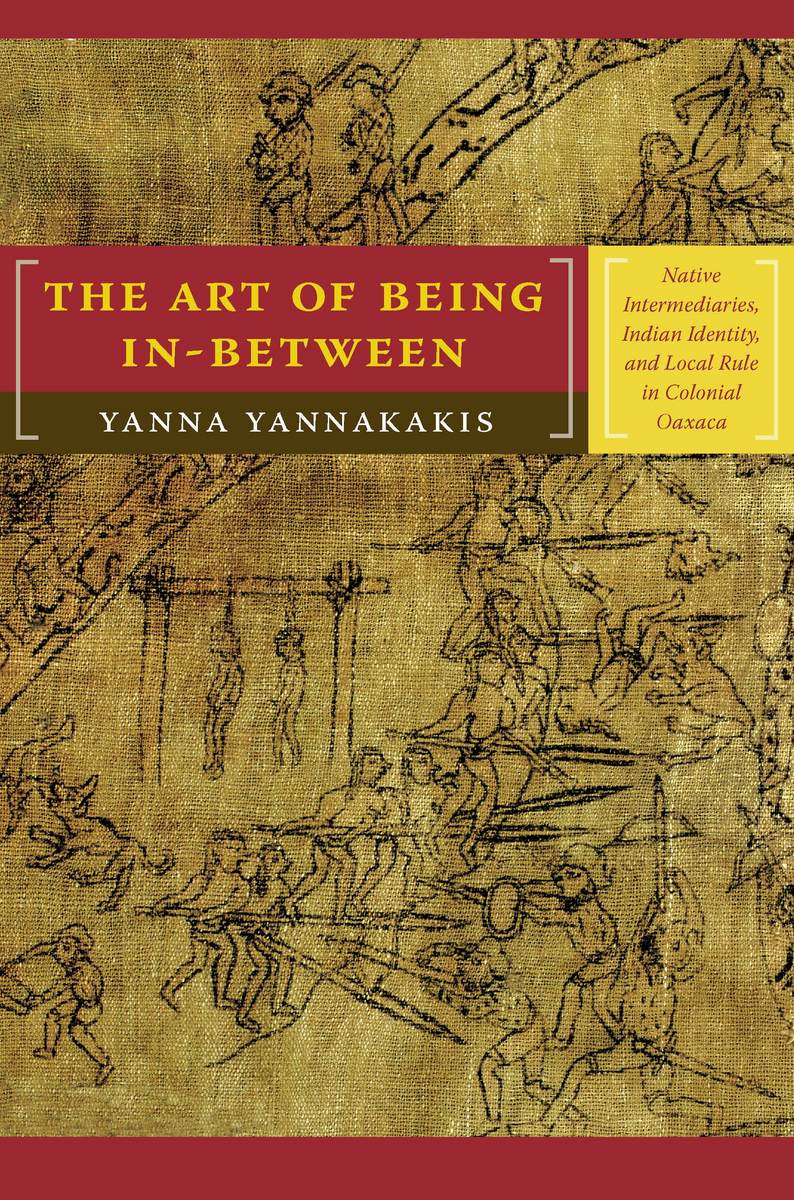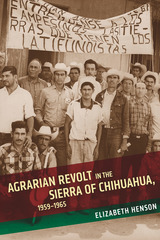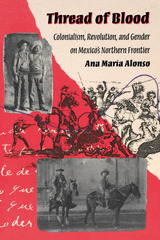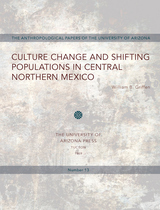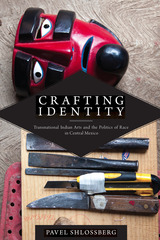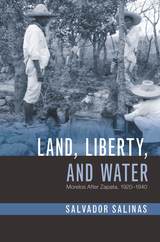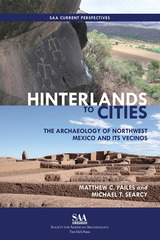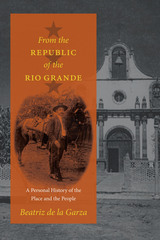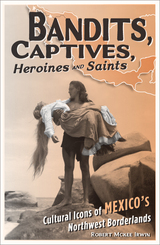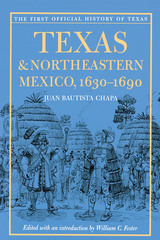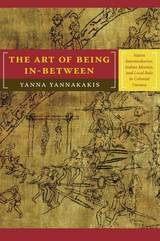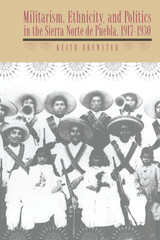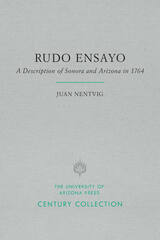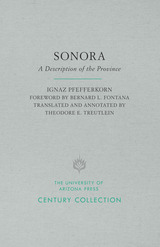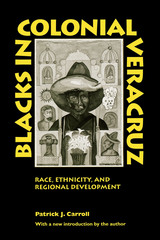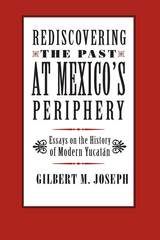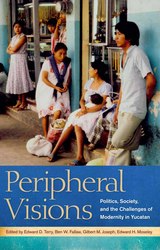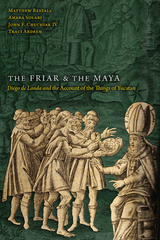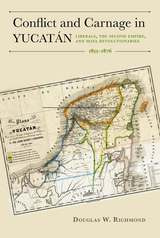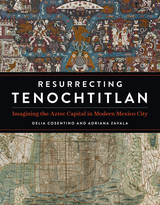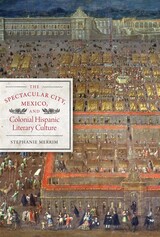“Yannakakis’ detailed analysis of a variety of sources—land disputes, legal petitions, idolatry trials, indigenous pictorial histories—is a worthy addition to the recent boom in sociocultural history that seeks to contextualize the use of language in the past.” - Paul Charney, Colonial Latin American Historical Review
“Yannakakis’s well-written study offers one of the most engaging and insightful studies of New Spain’s indigenous intermediaries in recent memory.” - Andrew B. Fisher, Journal of Colonialism and Colonial History
“As an original work of scholarship, based on archival sources in Oaxaca, Mexico City and Seville, this monograph will be of interest to all colonial Latin Americanist historians. Its coherent structure, clear writing style and compelling thesis also make it an ideal book to assign in graduate seminars.” - Matthew Restall, Social History
“Yannakakis’s work is well researched and engagingly written, and her arguments serve to deepen current exchanges about conquest: indigenous agency, negotiations, and strategies; the conflicted and multifaceted nature of colonial rule; and the need for document-centered historical works that pay close attention to voices traditionally marginalized. This is an important contribution to the fields of social, cultural, and legal history, as well as ethnohistory. Although this work is most valuable to specialists in these fields, its clear and engaging prose will make it of interest also to nonspecialist readers.” - SilverMoon, Latin American Politics and Society
“[Yannakakis] has written an accessible, lucid study. She frequently compares the particular history of the Villa Alta to other Mexican regions, clearly revealing the broader significance of this local study. Given the nature of her documentation, however, she necessarily offers a more complete examination of state demands placed on native elites than of local indigenous expectations of their leaders.” - B. R. Larkin, Choice
“Beautifully written, Yannakakis’s book provides valuable insight into the relationships between the governors and the governed in the Indies, and intermediaries’ efforts in keeping them balanced.” - Claudia Guarisco, American Historical Review
“The Art of Being In-between is a very important contribution to understandings of the role of indigenous intermediaries in political and everyday life and of their agency in responding to, even shaping, the colonial legal system as it evolved over a long period of time. Scholars specializing in colonial Mesoamerica, as well as other parts of the Americas, will find Yanna Yannakakis’s arguments highly pertinent to current discussions about law, politics, and state building.”—Susan Kellogg, author of Law and the Transformation of Aztec Culture, 1500–1700
“Meticulously researched and engagingly written, The Art of Being In-between opens new dimensions for social and cultural history in the complex ethnic tapestries of the Sierra Norte de Oaxaca. Yanna Yannakakis’s narrative elevates the historical role of native intermediaries—indios ladinos—in the persistence of communal identities through ethnic rivalries only dimly perceived by colonial authorities. This book illustrates the power of human agency in the negotiations among diverse indigenous peoples, Church, and Crown within the contradictions of colonial rule.”—Cynthia Radding, author of Landscapes of Power and Identity: Comparative Histories in the Sonoran Desert and the Forests of Amazonia from Colony to Republic
“[Yannakakis] has written an accessible, lucid study. She frequently compares the particular history of the Villa Alta to other Mexican regions, clearly revealing the broader significance of this local study. Given the nature of her documentation, however, she necessarily offers a more complete examination of state demands placed on native elites than of local indigenous expectations of their leaders.”
-- B. R. Larkin Choice
“As an original work of scholarship, based on archival sources in Oaxaca, Mexico City and Seville, this monograph will be of interest to all colonial Latin Americanist historians. Its coherent structure, clear writing style and compelling thesis also make it an ideal book to assign in graduate seminars.”
-- Matthew Restall Social History
“Beautifully written, Yannakakis’s book provides valuable insight into the relationships between the governors and the governed in the Indies, and intermediaries’ efforts in keeping them balanced.”
-- Claudia Guarisco American Historical Review
“Yannakakis’ detailed analysis of a variety of sources—land disputes, legal petitions, idolatry trials, indigenous pictorial histories—is a worthy addition to the recent boom in sociocultural history that seeks to contextualize the use of language in the past.”
-- Paul Charney Colonial Latin American Historical Review
“Yannakakis’s well-written study offers one of the most engaging and insightful studies of New Spain’s indigenous intermediaries in recent memory.”
-- Andrew B. Fisher Journal of Colonialism & Colonial History
“Yannakakis’s work is well researched and engagingly written, and her arguments serve to deepen current exchanges about conquest: indigenous agency, negotiations, and strategies; the conflicted and multifaceted nature of colonial rule; and the need for document-centered historical works that pay close attention to voices traditionally marginalized. This is an important contribution to the fields of social, cultural, and legal history, as well as ethnohistory. Although this work is most valuable to specialists in these fields, its clear and engaging prose will make it of interest also to nonspecialist readers.”
-- SilverMoon Latin American Politics and Society
